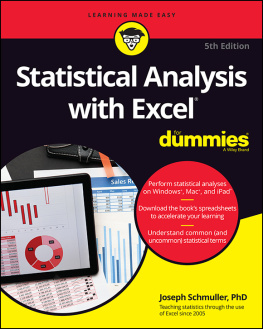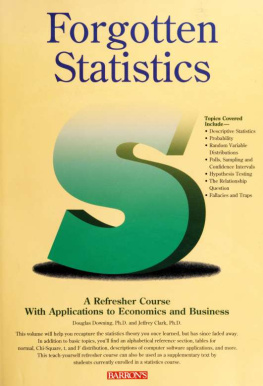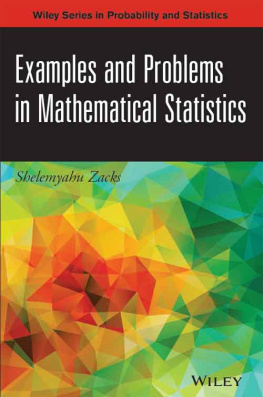Britt Wallgren - Register-based Statistics: Registers and the National Statistical System
Here you can read online Britt Wallgren - Register-based Statistics: Registers and the National Statistical System full text of the book (entire story) in english for free. Download pdf and epub, get meaning, cover and reviews about this ebook. City: Hoboken, year: 2022, publisher: Wiley, genre: Science. Description of the work, (preface) as well as reviews are available. Best literature library LitArk.com created for fans of good reading and offers a wide selection of genres:
Romance novel
Science fiction
Adventure
Detective
Science
History
Home and family
Prose
Art
Politics
Computer
Non-fiction
Religion
Business
Children
Humor
Choose a favorite category and find really read worthwhile books. Enjoy immersion in the world of imagination, feel the emotions of the characters or learn something new for yourself, make an fascinating discovery.
- Book:Register-based Statistics: Registers and the National Statistical System
- Author:
- Publisher:Wiley
- Genre:
- Year:2022
- City:Hoboken
- Rating:4 / 5
- Favourites:Add to favourites
- Your mark:
Register-based Statistics: Registers and the National Statistical System: summary, description and annotation
We offer to read an annotation, description, summary or preface (depends on what the author of the book "Register-based Statistics: Registers and the National Statistical System" wrote himself). If you haven't found the necessary information about the book — write in the comments, we will try to find it.
Rediscover this authoritative guide to register-based statistics filled with significant new improvements
In the newly revised Third Edition of Register-based Statistics: Registers and the National Statistical System, Anders Wallgren and Britt Wallgren deliver a robust exploration of how register-based statistics can be used to its fullest potential. The authors describe how statistical institutes can work on long-term projects to improve administrative systems, as well as estimation methods that can improve the quality of statistical estimates based on registers with quality problems. Readers will also discover how to improve the ways register-statistical issues are introduced, as well as how to create population registers.
Finally, the authors draw on their experience from teaching and consulting in several countries to explain how to implement register-based statistics.
Key features of the third edition:
- Discusses the problems new register countries face
- Explains how registers will improve the efficiency of the national statistical system
- Clarifies the importance of the system approach
- Describes how a statistical population register can be created
- Registers-based statistics require new skills and understanding of new concepts
- Many important quality indicators are described
- Explains difficult topics in a pedagogic way
Perfect for staff at national statistical institutes and administrative and ministerial authorities belonging to national statistical systems, Register-based Statistics will also prove to be an indispensable resource for undergraduate and graduate students in statistics programs and courses, as well as survey researchers and practitioners.
Britt Wallgren: author's other books
Who wrote Register-based Statistics: Registers and the National Statistical System? Find out the surname, the name of the author of the book and a list of all author's works by series.








![James D. Miller [James D. Miller] - Statistics for Data Science](/uploads/posts/book/119637/thumbs/james-d-miller-james-d-miller-statistics-for.jpg)


